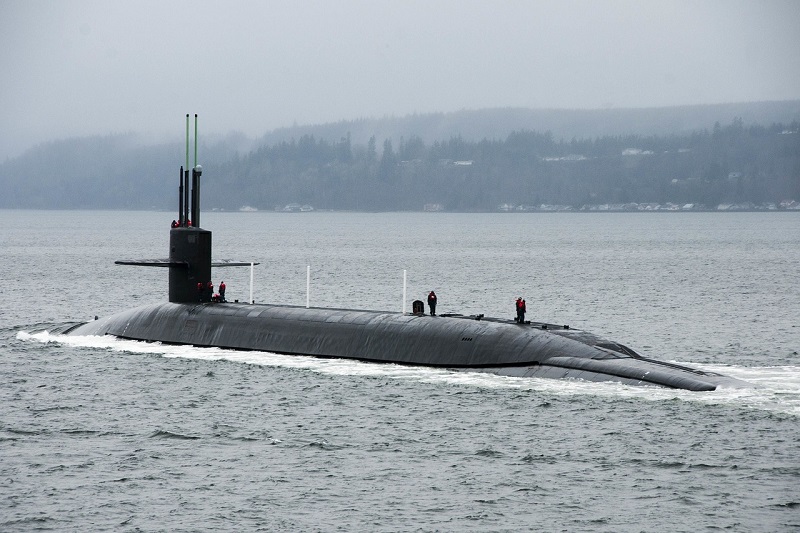On November 18, SandboxAQ announced an agreement with the Department of War’s (DoW) Defense Innovation Unit (DIU) to join its Transition of Quantum Sensing (TQS) program. This effort will focus on rapidly developing and testing advanced Magnetic Anomaly Navigation (MagNav) technologies for the U.S. military’s use in autonomous systems.
The TQS program, managed under DIU’s Emerging Technologies portfolio, accelerates the adoption of commercial quantum sensing technologies to ensure Positioning, Navigation, and Timing (PNT) resilience in environments where Global Navigation Satellite Systems (GNSS) signals are unreliable or denied. As part of the TQS program, SandboxAQ will deploy its proven, dual-use AQNav software to enable robust, resilient navigation capabilities without reliance on external signals. SandboxAQ will demonstrate the utility of AQNav in real-world scenarios, and generate a comprehensive dataset to benchmark results against relevant DoW use-cases.
“AQNav represents a vital, non-GPS-reliant path for PNT, and has proven its readiness for expanded military demonstrations and evaluation across mission-critical platforms,” said Luca Ferrara, general manager of AQNav, SandboxAQ. “We’re demonstrating AQNav’s performance capabilities across DIU-relevant use cases to empower the DOW to solve complex PNT challenges with best-in-class technologies at its disposal.”
The TQS program is a strategic effort to accelerate the adoption of advanced quantum sensors from the laboratory into real-world military applications. The program’s primary goal is to address critical Joint Force needs, particularly for resilient Positioning, Navigation, and Timing (PNT) in GPS-denied environments and for next-generation anomaly detection.
The DIU is addressing the DoW’s urgent need for jam-resistant navigation for aerial platforms operating in challenging environments. This effort focuses on prototyping MagNav systems, which utilize advanced quantum magnetic sensors to navigate using Earth’s natural geomagnetic variations. This technique provides a resilient source of position data even in GPS-denied scenarios, such as over-ocean operations, in reduced visibility, and when facing electronic jamming.
Source: SandboxAQ
Time is running out — become a paid subscriber to IC News today, and lock in subscription rates at 2025 prices. You’ll get full access to breaking news from across the IC contracting space, with new articles each weekday.









